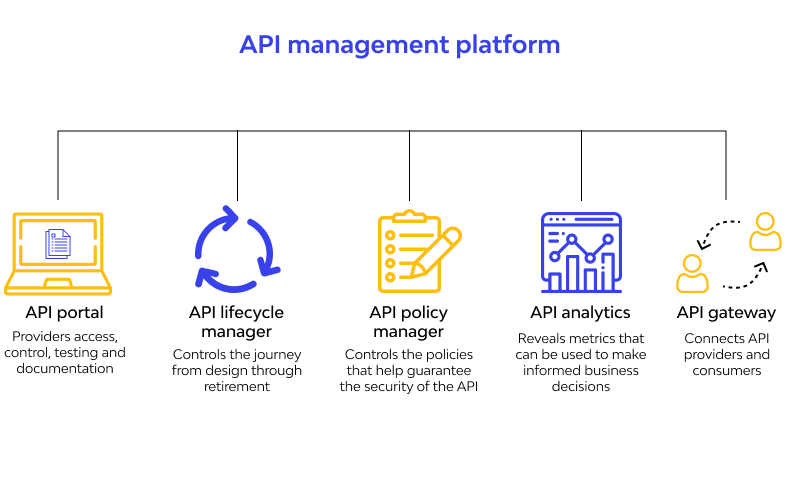Dynalight - API Management System
Modern enterprises are increasingly adopting API management systems to streamline their digital transformation and foster innovation. As businesses rely more on APIs (Application Programming Interfaces) to integrate various services, applications, and platforms, managing these APIs efficiently becomes crucial. API management systems provide enterprises with the tools to monitor, secure, and scale their API usage. These systems ensure that APIs are easily accessible, reliable, and secure, enabling businesses to quickly adapt to changing market demands, integrate new services, and collaborate with external partners without compromising security or performance. This agility is vital for staying competitive in today’s fast-paced digital landscape.
Furthermore, API management systems help enterprises maintain control and governance over their API ecosystem. With the increasing number of APIs used across different departments and external partners, managing API access, usage policies, and data flow becomes complex. API management platforms offer centralized control, allowing businesses to enforce security policies, manage access rights, and monitor API usage in real-time. This not only helps in mitigating security risks but also ensures compliance with industry regulations. By providing detailed analytics and insights, these systems also enable enterprises to make data-driven decisions, optimize their API strategies, and improve overall operational efficiency.

The key advantages of using an advanced API Management System are:
1. Enhanced Developer Experience:
- Centralized API Documentation: A well-organized repository makes it easy for developers to find, understand, and use APIs.
- Self-Service Portals: Developers can access and test APIs independently, reducing reliance on IT teams.
- Sandboxes and Mockups: These environments allow developers to experiment with APIs without affecting production systems.
2. Improved API Security:
- Authentication and Authorization: Robust mechanisms protect APIs from unauthorized access.
- Rate Limiting: Prevents API abuse and ensures fair usage.
- Security Policies: Enforces security standards and best practices.
3. Optimized API Performance:
- Traffic Management: Manages API traffic to ensure optimal performance and avoid bottlenecks.
- Caching: Stores frequently accessed data to reduce response times.
- Monitoring and Analytics: Provides insights into API usage, performance, and potential issues.
4. Facilitated API Monetization:
- Developer Portals: Attract and engage developers to promote API usage.
- Subscription Models: Offer various pricing plans to monetize API access.
- Usage Analytics: Track API consumption to understand revenue potential.
5. Simplified API Governance:
- Policy Enforcement: Ensures compliance with API standards and guidelines.
- Version Control: Manages API lifecycle and updates.
- Change Management: Controls API changes to minimize disruption.
6. Enhanced API Ecosystem:
- Developer Communities: Fosters collaboration and knowledge sharing among developers.
- Partner Integration: Enables seamless integration with third-party applications.
- API Marketplace: Offers a platform for discovering and consuming APIs.
By investing in a robust API management system, enterprises can streamline their digital operations, improve developer productivity, enhance security, and drive innovation.
Kong API Management Systems has been recognized as a market leader by Gartner for the past four years. Kong API Management comes in two flavors, Community (Open Source) and Enterprise Edition. In the case of Community the engine is free but you’ll need to invest serious time and money to set the system up so that it meets your requirements. The Enterprise version is expensive but provides most of the required functionalities out of the box.
This is why Lighthouse has decided to develop Dynalight using Kong Community as the engine. We have developed a whole system around it to ensure that it meets the most common requirements. Dynalight is a fully managed SaaS product (that can be hosted by us or by you) and that comes at a fixed monthly cost based on volume tiers.
We market this solution as a separate brand. If you are interested please visit – www.dynalight.net


